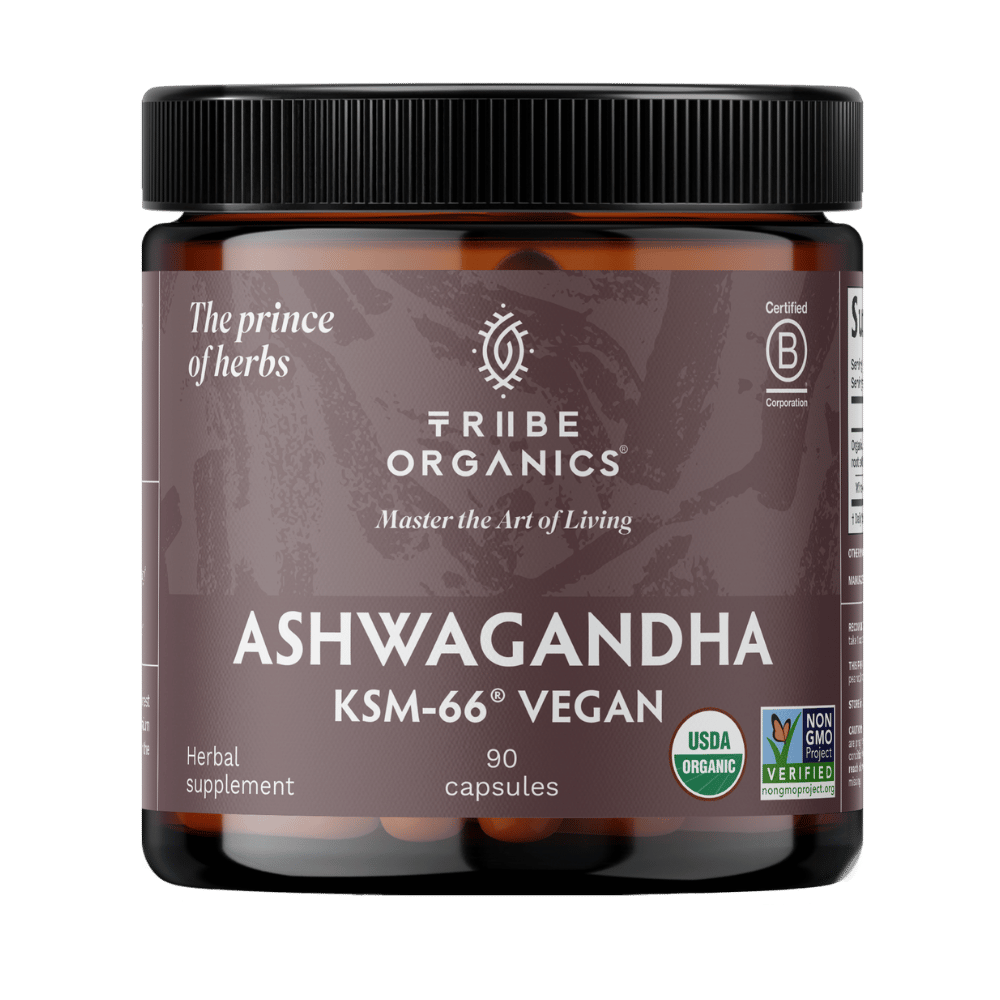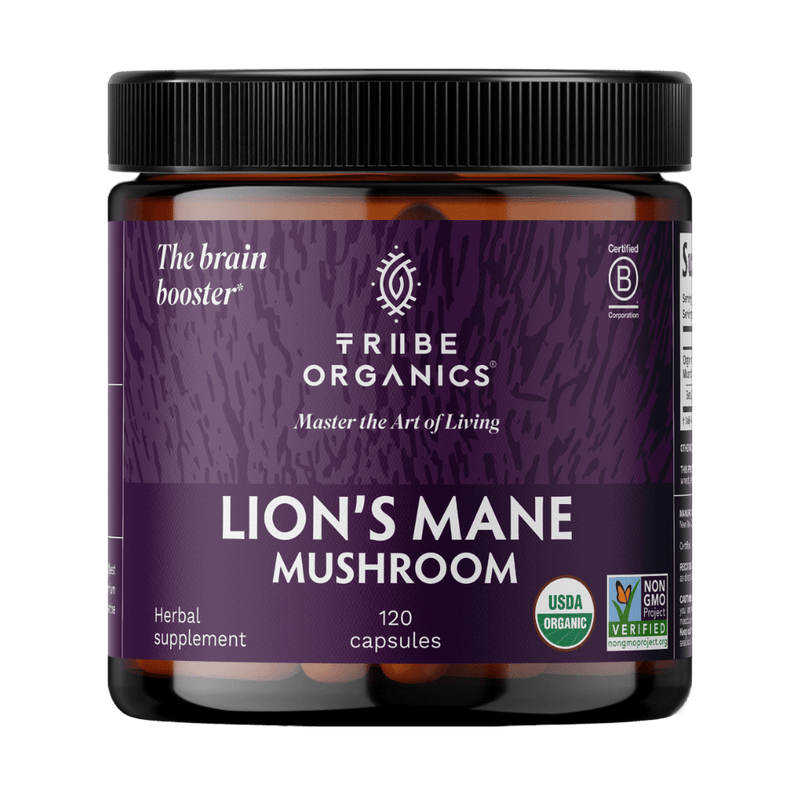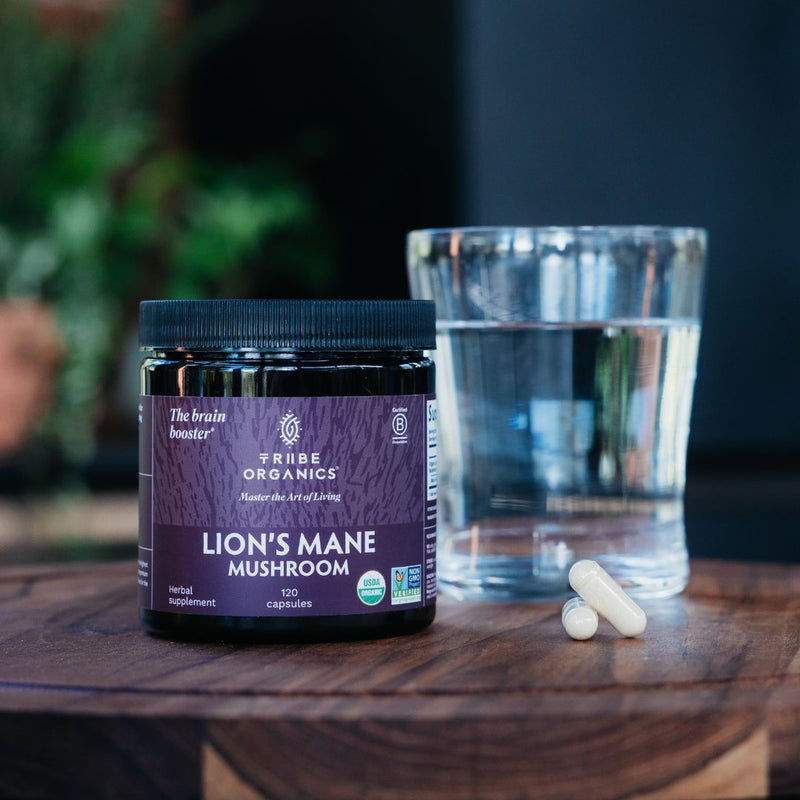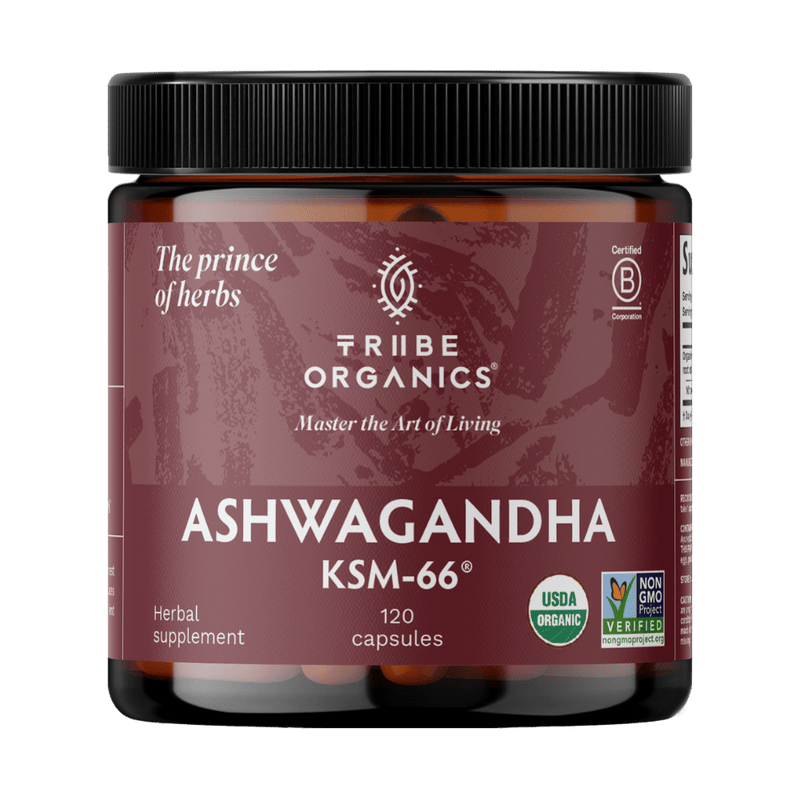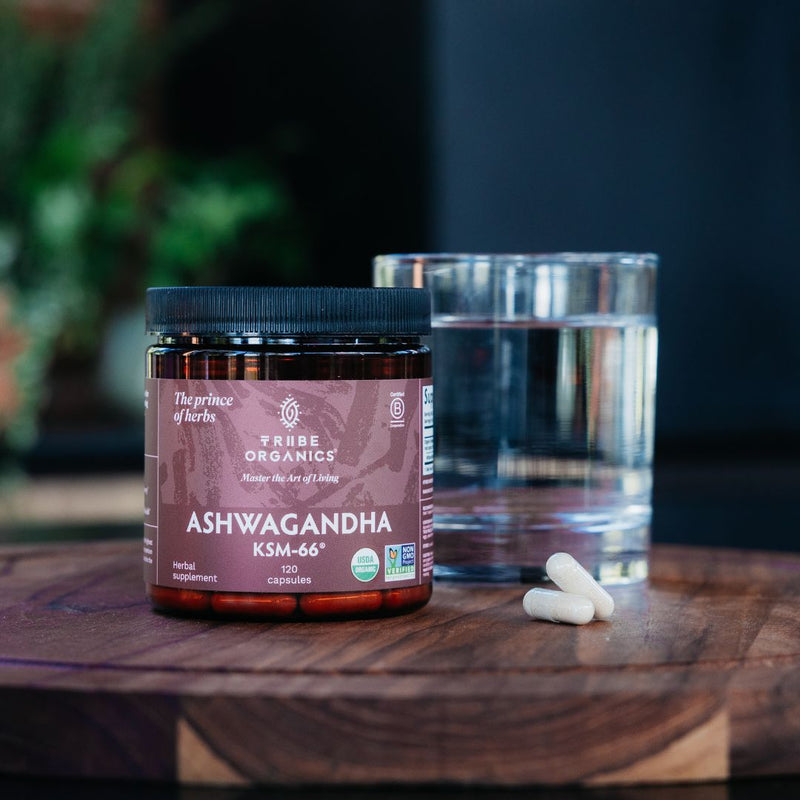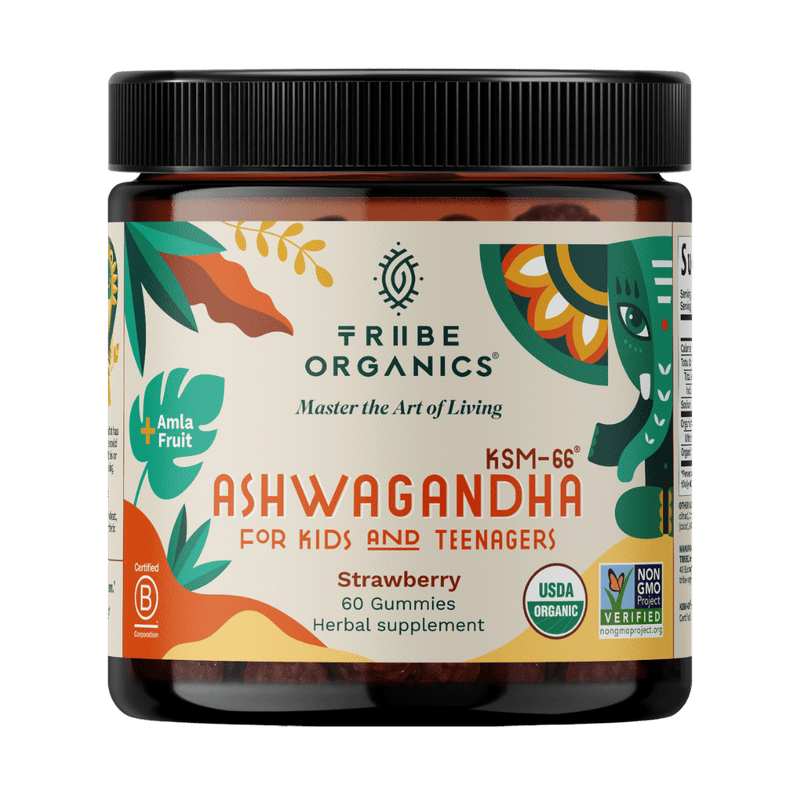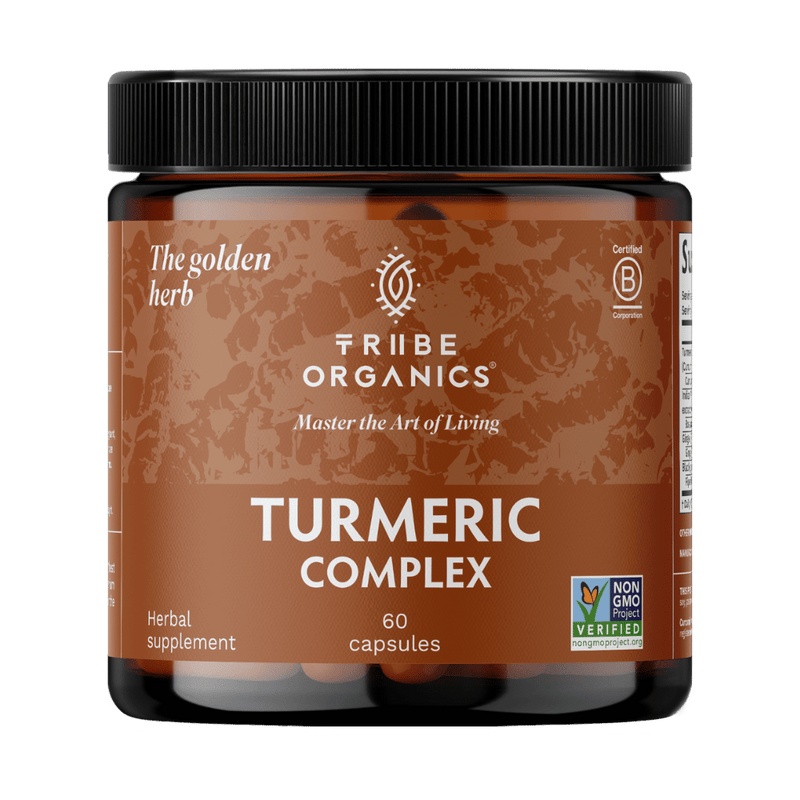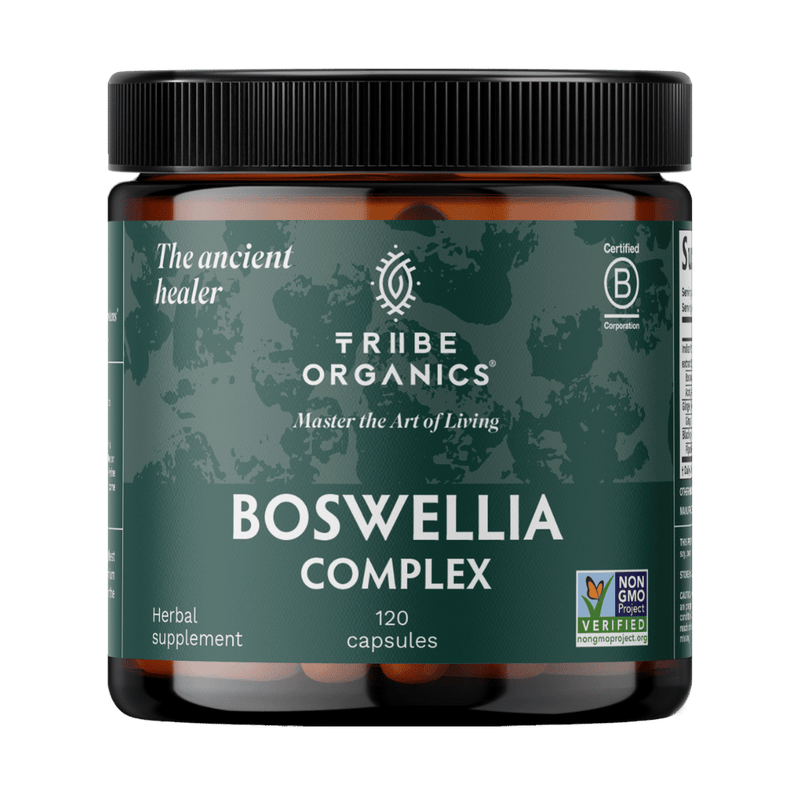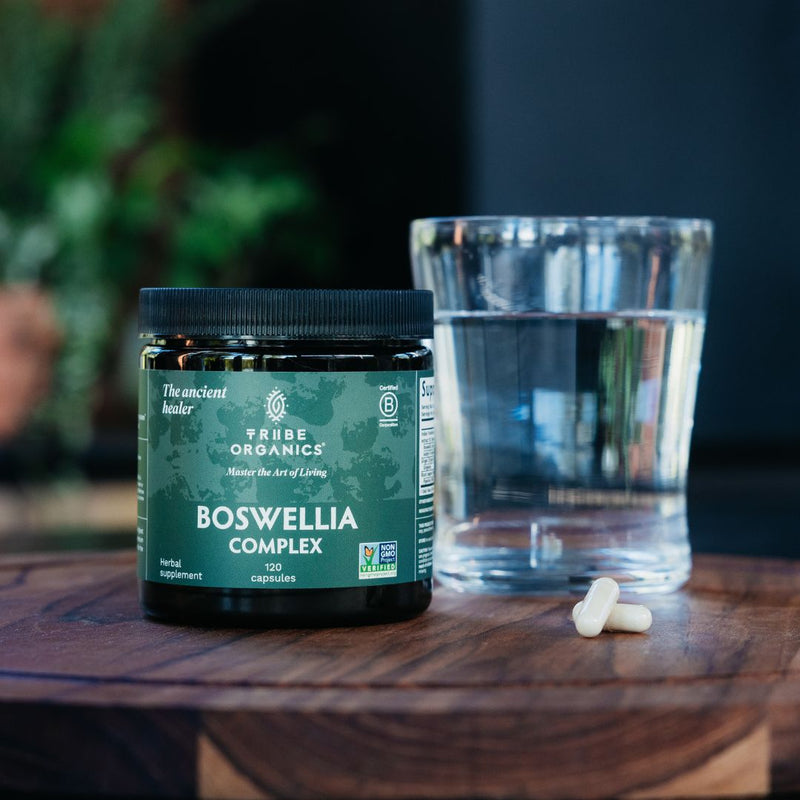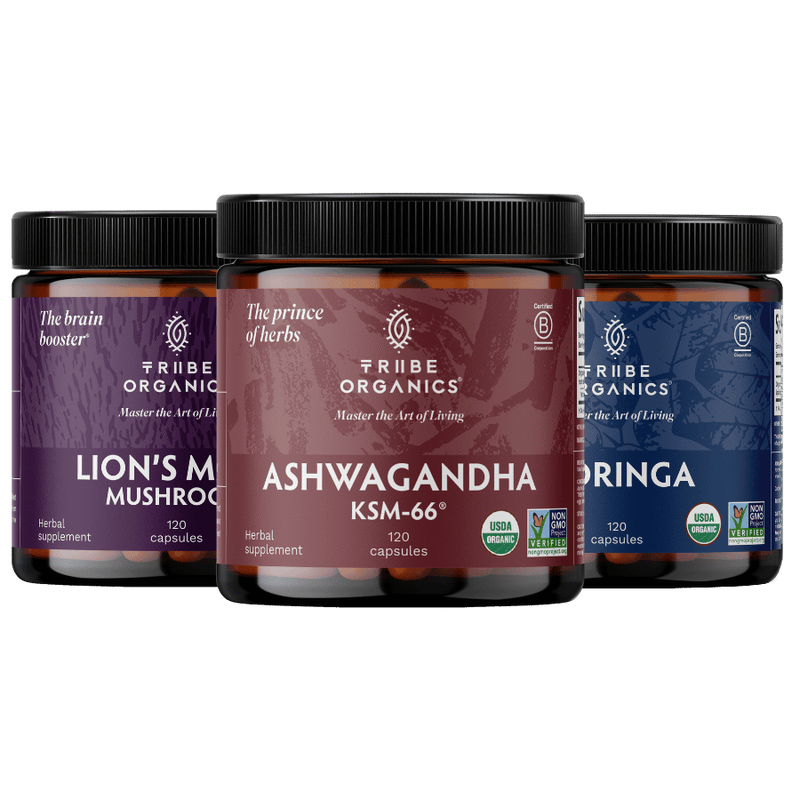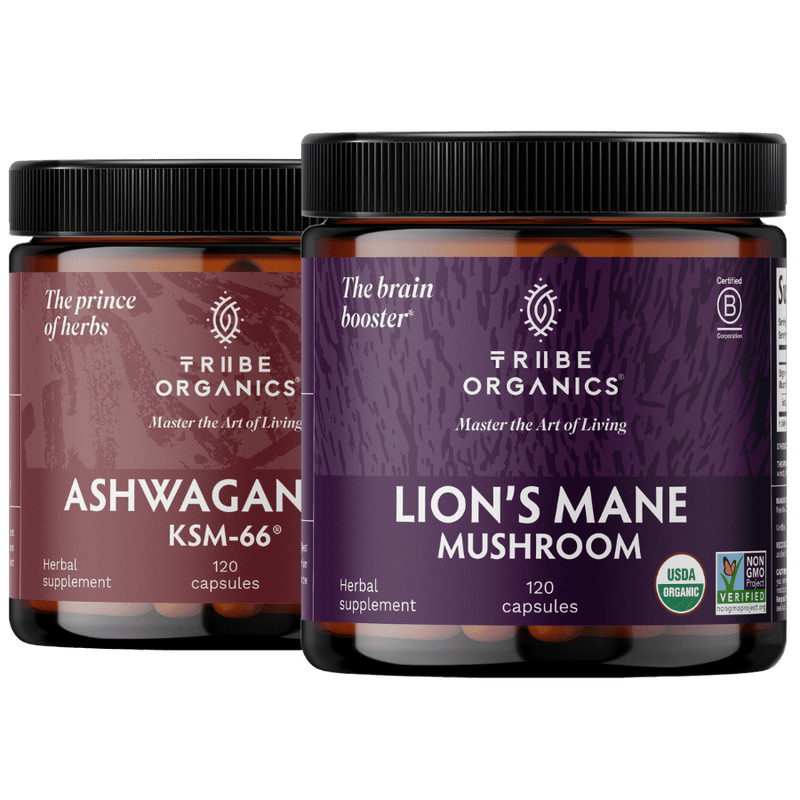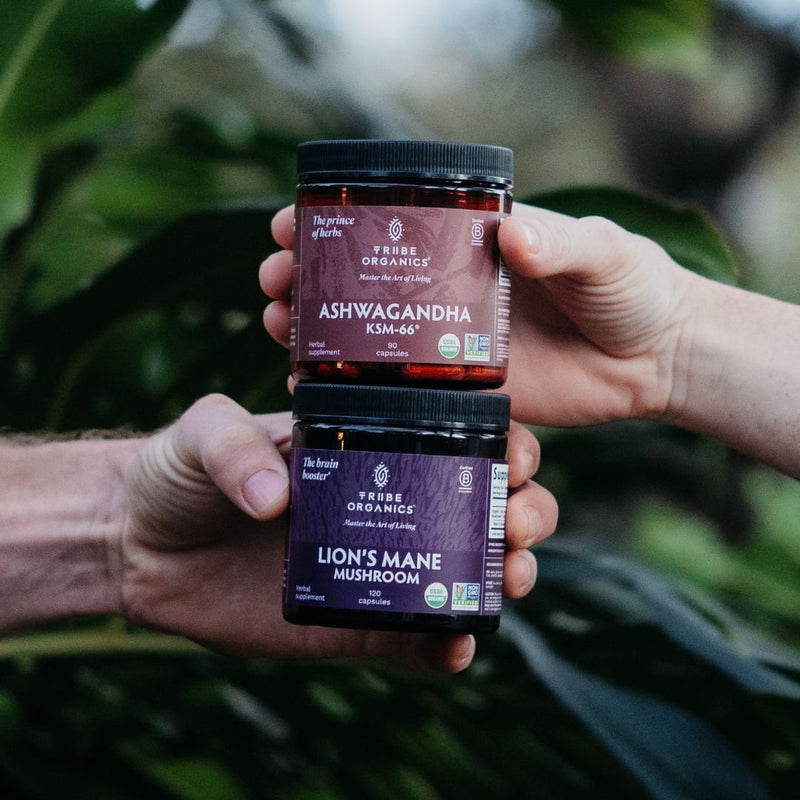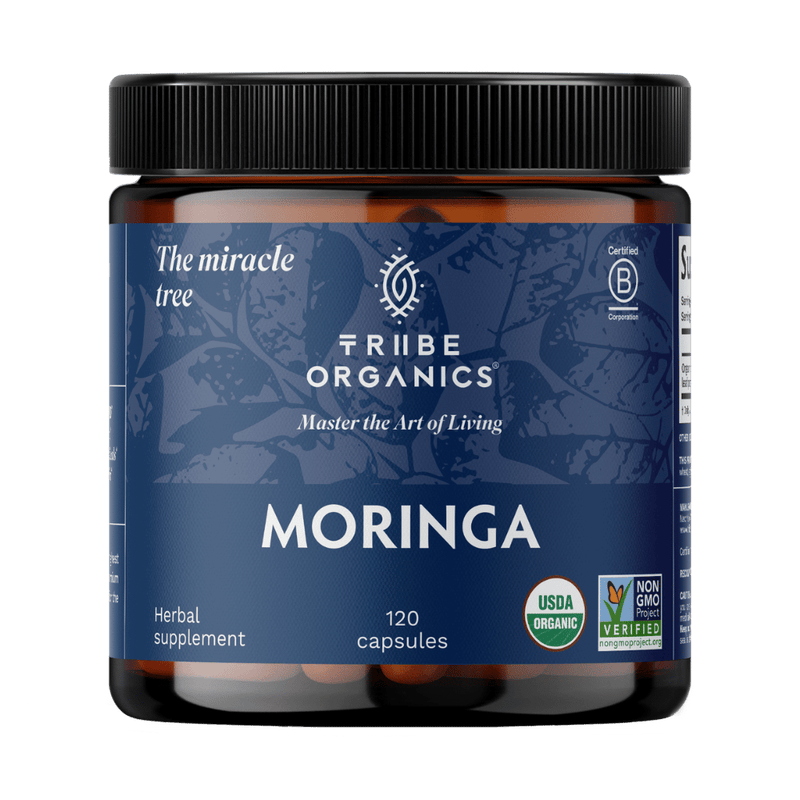Key Takeaways
- Organic ashwagandha root powder is a USDA-certified adaptogenic herb from India that helps manage stress and enhance vitality
- Quality powder should be processed at low temperatures (below 104°F) and tested for heavy metals to guarantee purity and potency
- Look for products with USDA Organic certification, fair trade sourcing, and proper packaging in resealable containers
- The powder has an earthy, bitter taste and blends well with smoothies, teas, or other herbal tonics
- Traditional Ayurvedic medicine has utilized ashwagandha (Withania somnifera) for over 3,000 years as a rejuvenating rasayana

What is Organic Ashwagandha Root Powder?
In the realm of adaptogenic herbs, few plants command as much respect as ashwagandha (Withania somnifera), a powerful member of the nightshade family that has been celebrated in traditional medicine for millennia. This remarkable adaptogen, commonly known by several traditional names including Indian ginseng, winter cherry, and Indian winter cherry, embodies one of nature's most effective stress-fighting compounds.
The ashwagandha root serves as the most medicinally potent part of the plant, containing the highest concentrations of bioactive compounds called withanolides. When this root is carefully dried and ground into powder form, it results in organic ashwagandha root powder - a concentrated source of the plant's therapeutic benefits that can be seamlessly integrated into your daily routine.
Understanding Organic Certification
Organic certification for ashwagandha products adheres to strict USDA standards, mandating that at least 95% of ingredients be certified organic. This means the ashwagandha must be cultivated without synthetic pesticides, herbicides, or genetically modified organisms (non GMO), ensuring you receive a pure product free from harmful chemicals.
The difference between organic and conventional ashwagandha cultivation methods extends beyond simple chemical inputs. Organic farming practices enhance soil health, safeguard water quality, and sustain the delicate ecosystem balance that enables this adaptogenic herb to develop its full therapeutic potential.
Farmers in India who practice organic cultivation often employ traditional composting techniques and natural pest management strategies that have been perfected over generations.

Health Benefits and Traditional Uses
Ancient Wisdom Meets Modern Science
Ancient Ayurvedic practitioners categorized ashwagandha as a rasayana - a special class of herbs believed to foster longevity, vitality, and overall life force. For over 3,000 years, traditional healers have recommended a href="https://www.tribe-organics.com/blogs/lifestyle/definitive-guide-ashwagandha"> this adaptogenic herb to assist the body's natural ability to maintain balance amid stress.
Modern science has confirmed many of these traditional applications, revealing how ashwagandha powder operates at the cellular level to promote health. The herb's adaptogenic properties aid in regulating cortisol levels, supporting your body's natural stress response system.
This balanced energy approach means ashwagandha can help you feel more invigorated during the day while encouraging restful sleep at night.
Cognitive and Physical Benefits
Research has shown significant advantages for cognitive function, with studies indicating enhancements in memory, focus, and mental clarity. Unlike stimulants that create temporary energy spikes followed by crashes, ashwagandha promotes sustained vitality by nourishing the adrenal glands and supporting healthy hormone production.
The herb's capacity to bolster immune system function has made it especially valuable for individuals looking to enhance their body's natural defenses. Traditional practitioners frequently recommended ashwagandha during recovery periods, recognizing its ability to help the body rebuild and restore optimal function.
Mood and Stress Support
For those dealing with anxiety or mood fluctuations, ashwagandha offers gentle yet effective support. The herb promotes a sense of calm without inducing drowsiness, making it a perfect choice for preserving mental clarity while managing stress.

Quality Standards and Certification
Essential Quality Indicators
When choosing organic ashwagandha root powder, grasping quality standards becomes vital for ensuring you receive a product that delivers the health benefits you seek. USDA Organic certification provides the foundational guarantee that your ashwagandha has been cultivated and processed following stringent organic standards.
Third-party testing for heavy metals is another essential quality indicator. Reputable manufacturers employ advanced ICP-MS (Inductively Coupled Plasma Mass Spectrometry) technology to detect even trace amounts of lead, mercury, cadmium, and arsenic. This testing is especially crucial for herbs grown in Asia, where industrial pollution can occasionally taint agricultural products.
Certification Standards
Non GMO verification adds another layer of quality assurance, affirming that the ashwagandha has not been genetically modified. While genetic modification is not commonly associated with ashwagandha, this certification provides reassurance for consumers who prioritize natural unaltered food sources.
Quality organic ashwagandha root powder should meet the minimum 95% organic ingredient threshold, with any remaining 5% comprising approved substances that pose no health risks. The best products frequently surpass this standard, achieving 100% organic content through careful sourcing and processing.
Transparency and Documentation
Seek out manufacturers who offer certificates of analysis for each batch, showcasing their commitment to transparency and quality control. These documents should include test results for purity, potency, and contaminant levels, enabling you to make an informed purchase decision.

Sourcing and Sustainability Practices
Traditional Growing Regions
The journey of high-quality organic ashwagandha root powder starts in the arid regions of India, particularly Rajasthan and Madhya Pradesh, where the plant flourishes in dry, sandy soil conditions. These traditional cultivation areas have honed specialized expertise in growing ashwagandha over centuries, fostering a profound understanding of optimal harvesting and processing techniques.
Fair Trade and Community Support
Fair trade partnerships with Indian farmers yield vital economic advantages to rural communities while ensuring consistent quality for consumers. These relationships often involve premium pricing for organic certification, technical support for sustainable farming practices, and long-term contracts that provide financial stability for farming families.
Community support through ethical sourcing partnerships frequently encompasses investments in local infrastructure, education programs, and healthcare initiatives. These holistic approaches ensure that the benefits of the expanding ashwagandha market reach the communities that have safeguarded this valuable plant knowledge for generations.
Environmental Sustainability
Sustainable farming practices utilized in organic ashwagandha cultivation help safeguard the environment while yielding superior quality herbs. These methods include:
- Crop rotation to preserve soil fertility
- Water conservation techniques tailored to arid climates
- Integrated pest management that relies on beneficial insects and natural deterrents rather than harmful chemicals
The environmental impact of organic compared to conventional ashwagandha farming extends well beyond the immediate growing area. Organic practices help maintain local biodiversity, protect groundwater from chemical contamination, and preserve the soil microbiome that contributes to the plant's medicinal potency.

Processing and Manufacturing Methods
Low-Temperature Processing
The conversion of fresh ashwagandha root into high-quality powder demands meticulous attention to processing methods that preserve the plant's therapeutic compounds. Low-temperature processing below 104°F signifies the gold standard for maintaining the integrity of heat-sensitive withanolides and other bioactive substances.
Raw vs. Processed Powder
Raw versus processed ashwagandha powder varies significantly in terms of enzyme activity and nutrient density. Raw processing methods sustain the natural enzyme profile, while conventional high-heat processing can denature these important compounds. The difference becomes evident in the powder's color, aroma, and therapeutic effectiveness.
Traditional and Modern Drying Methods
Traditional drying methods employed in India often involve sun-drying or low-temperature air circulation, techniques that maintain the root's natural characteristics while reducing moisture content to safe levels for long-term storage. Modern organic processors have adapted these traditional techniques using controlled-environment facilities that keep temperature and humidity levels consistent.
Grinding and Packaging
Grinding methods that preserve potency typically involve multiple stages, starting with coarse crushing and progressing to fine milling. The best processors use specialized equipment that prevents heat buildup during grinding, ensuring the final powder retains maximum therapeutic value.
Packaging considerations for freshness and shelf life include using moisture-barrier materials, light-protective containers, and resealable designs that uphold product quality after opening. Professional packaging often incorporates oxygen absorbers or nitrogen flushing to prevent oxidation of sensitive compounds.
Quality Assurance Standards
Manufacturing facilities adhering to Good Manufacturing Practices (GMP) standards offer additional quality assurance through documented procedures, regular equipment calibration, and comprehensive quality control testing throughout the production process.

How to Use Ashwagandha Root Powder
Dosage Recommendations
Incorporating organic ashwagandha root powder into your daily routine requires understanding both traditional dosage recommendations and contemporary usage patterns. Traditional Ayurvedic practitioners typically advised 3-6 grams of root powder daily, often divided into two doses taken morning and evening.
Timing and Effects
The timing of ashwagandha consumption can affect its effects on your body. Many individuals find that taking the powder in the morning helps provide balanced energy throughout the day, while an evening dose can promote restful sleep and recovery. Some prefer dividing their daily dose to maintain consistent levels in their system.
Taste Profile and Mixing Methods
The taste profile of pure ashwagandha powder is distinctly earthy and bitter, with some describing it as having a slight horsey scent - which aligns with the herb's Sanskrit name meaning "smell of the horse." This strong flavor makes mixing methods crucial for palatability.
Popular mixing methods include:
- Smoothies: Blend the powder with fruits like banana or mango to mask the bitter flavor
- Traditional tea: Mix with warm water or milk, often adding honey or spices like ginger and cinnamon for flavor enhancement
- Morning beverages: Stir the powder into coffee or other beverages as part of your morning routine
Storage and Maintenance
Storage requirements for maintaining potency include keeping the powder in a cool, dark, dry place away from direct sunlight and moisture. Unlike some supplements, ashwagandha powder does not require refrigeration and actually performs better when stored at room temperature in an airtight container.
Starting Your Routine
Best practices for daily routine integration suggest starting with smaller amounts (1-2 grams) and gradually increasing to your desired dose over several weeks. This approach allows your body to adapt to the herb's effects while helping you identify the optimal amount for your individual needs.

Selecting the Best Organic Ashwagandha Powder
Key Quality Indicators
Navigating the marketplace for organic ashwagandha root powder necessitates understanding key quality indicators that differentiate superior products from inferior options. The most critical certifications to seek include USDA Organic certification, which guarantees organic growing and processing standards, and third-party testing verification for purity and potency.
Packaging Features
Packaging features play a significant role in maintaining product quality and freshness. Look for resealable kraft bags or containers that shield against light and moisture while allowing easy access for daily use. Quality packaging should include batch numbers and expiration dates, enabling you to track product freshness and reach out to the manufacturer if needed.
Brand Reputation
Reputable brands and suppliers exhibit their commitment to quality through transparent sourcing information, detailed product specifications, and responsive customer service. The best companies provide insights about their farming partners, processing methods, and quality control procedures, allowing you to make an informed purchase decision.
Price and Value Considerations
Price considerations should balance cost with quality indicators rather than simply pursuing the lowest price. Extremely inexpensive ashwagandha powder may suggest shortcuts in cultivation, processing, or testing that compromise product quality. Fair pricing reflects the true cost of organic cultivation, proper processing, and thorough testing.
Red Flags to Avoid
Red flags to avoid when shopping include:
- Products lacking organic certification
- Unclear sourcing information
- Absence of third-party testing results
- Unrealistic health claims
- Products packaged in clear containers that expose the powder to light
- Missing or incomplete ingredient lists
Value Indicators
Value indicators for high-quality products encompass:
- Detailed sourcing information
- Comprehensive testing results
- Proper packaging for freshness
- Responsive customer service
- Positive customer reviews that highlight specific benefits and experiences
Frequently Asked Questions
Shop best sellers
Explore our collection of favorite items that have gained popularity for their quality and satisfaction.


